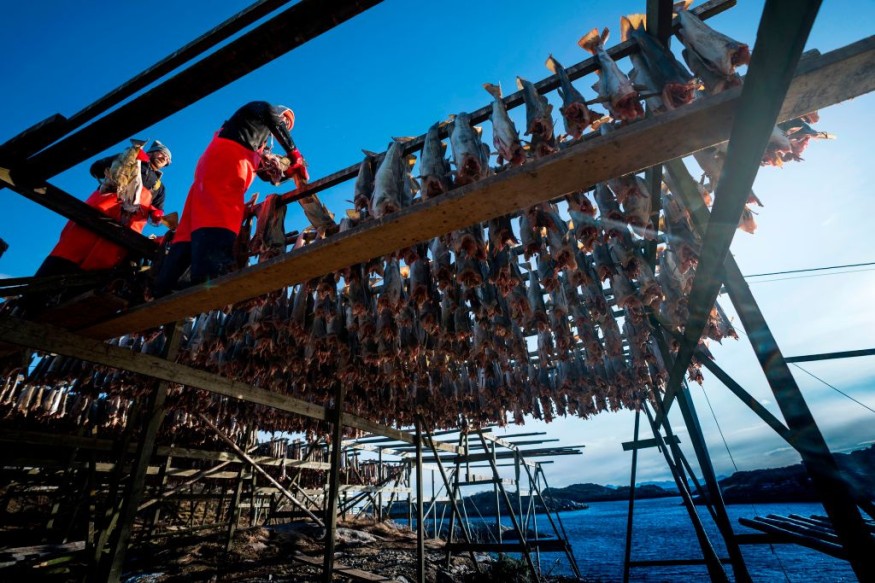A new study demonstrates how biofluorescent snailfish in Greenland use antifreeze proteins to keep themselves alive in icy waters. The deep sea is home to animals adapted to harsh circumstances.
The American Museum of Natural History and the City University of New York conducted a study to determine how snailfish live in water that is 28.4 degrees Fahrenheit off the coast of Eastern Greenland in an iceberg environment (-2 degrees Celsius).
When they examined the RNA of a young Liparis gibbus, more popularly known as a variegated snailfish, they discovered that the fish depend heavily on several unique proteins to prevent ice crystals from forming within their bodies.
Researchers published their study in Evolutionary Bioinformatics.
Greenland's Glowing Snailfish
The fish was taken off the coast of East Greenland, where ocean currents frequently drop below 0 degrees Celsius.
The blood of fish more adapted to the tropics will freeze in these subzero conditions. Polar fish, however, is hiding something. Many people's veins are filled with antifreeze proteins.
The RNA of the Arctic fish, a variegated snailfish (Liparis gibbus), was sequenced. The researchers discovered that the animal was stuffed to the gills with antifreeze proteins.
"Similar to how antifreeze in your car keeps the water in your radiator from freezing in cold temperatures, some animals have evolved amazing machinery that prevent them from freezing, such as antifreeze proteins, which prevent ice crystals from forming," said biologist David Gruber from the City University of New York in a statement.

ALSO READ : Rare 14-Foot Giant Squid With Gigantic Eye, Fist-Sized Beak Found Dead in Cape Town Beach
"We already knew that this tiny snailfish, which lives in extremely cold waters, produced antifreeze proteins, but we didn't realize just how chock-full [those proteins are] - and the amount of effort it was putting into making these proteins," added Gruber.
The fish in issue, L. gibbus, is also referred to as a polka-dot snailfish because of the black splotches that can be seen all over its flabby, brown body.
It appears to be a relatively common species. But there are many surprises inside.
The first polar fish to biofluoresce was discovered in 2019, and it was a variegated snailfish, the first instance of a single species fluorescing in two hues.
About Biofluorescent Antifreeze Fish
The AMNH also published information about the first biofluorescent Arctic fish in the American Museum Novitates magazine, where AMNH Curator John Sparks again highlighted the rarity of marine fluorescence in the Arctic.
With the use of biofluorescence, which can change blue wavelengths into various hues like green, red, or yellow light, Sparks and Gruber both discovered over 180 new fish species in 2014.
Without antifreeze proteins, these biofluorescent Arctic fish would not exist. According to the National Science Foundation (NSF), antifreeze molecules in the complex allow icefish to survive in subfreezing water.
According to the NSF, the molecules, as previously noted by the current study, seal the gaps in already-existing tiny ice crystals, inhibiting future ice crystal formation.
RELATED ARTICLE : Giant Waterspout Spotted Swirling Off Florida Coast [LOOK]
Check out more news and information on Animals in Science Times.
© 2025 ScienceTimes.com All rights reserved. Do not reproduce without permission. The window to the world of Science Times.












